In 1871 King Kamehameha V set apart June 11th as a national holiday honoring his great-grandfather, King Kamehameha I, who first established the unified Kingdom of Hawaii through a series of military victories and alliances with other island ali’i or rulers between the late 1790s and 1810. When Hawaii became the 50th state in the U.S. in 1959, Kamehameha Day was one of the first holidays proclaimed by the governor and state legislature.
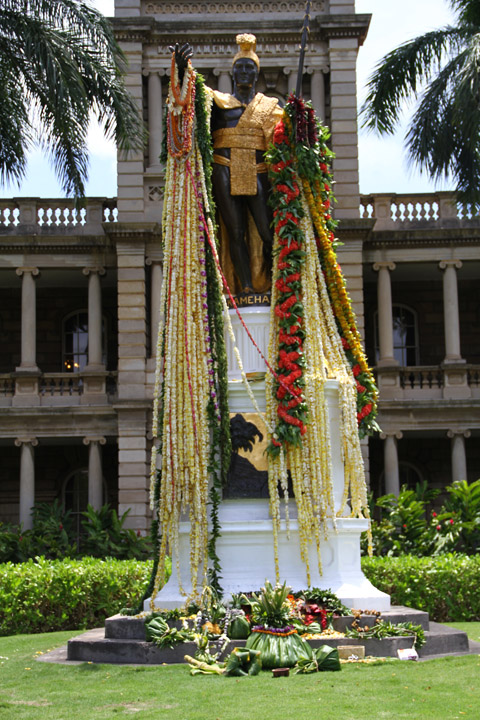
Photo courtesy of hawaiiamericana.com
Today, floral parades — including the famous pa’u or decorated horse riders representing each island, lei ceremonies, hula festivals and other celebrations continue to mark the state holiday that honors King Kamehameha. For example, various organizations present lei decorations at the famous statue of King Kamehameha across from Iolani Palace in Honolulu — the one that’s depicted in the opening montage of the Hawaii Five-O TV show. The extra-long ones are traditionally draped with the assistance of the Honolulu Fire Department.
Hawaii King David Kalākaua dedicated that statue in 1883, but some people may not realize there are several other identical or similar statues — each of them also recognized on King Kamehameha Day, and often throughout the year:
- One is located at Kapa’au near the ruler’s birthplace in the North Kōhala district of the Island of Hawaii. This statue was actually the first to be cast, and was originally supposed to take its place across from Iolani Place; but it was temporarily lost at sea in transit near the Falkland Islands. Insurance money, however, covered the cost of re-casting another copy from the original in England, which was then shipped to Hawaii. Falklanders, meanwhile, eventually recovered the original statue, which now stands on the Big Island.
- A third statue of King Kamehameha was commissioned when Hawaii achieved statehood, and was unveiled in the U.S. Capitol in 1969, where it stood alongside Hawaii’s other representative statue (Father Damien of Molokai) in Statuary Hall. Shortly after U.S. President Barack Obama was first nominated in 2008, however, that King Kamehameha statue was moved to a more prominent position in Emancipation Hall in the Capitol’s new visitor center.
- A fourth sculpture is located at Wailoa River State Recreation Area in Hilo, again honoring the monarch’s Big Island roots. Interestingly, the Princeville Corporation commissioned this one in 1963 for their resort on Kauai, but the people of that island didn’t want it erected there, since King Kamehameha never conquered the Garden Island (he gained control by treaty with Kauai’s King Kaumuali’i). The corporation donated that statue to the Big Island via the Kamehameha Schools Alumni Association, East Hawaii Chapter. It was erected and dedicated in 1997.
- – The late Hawaiian artist Herb Kawainui Kane also created a smaller King Kamehameha statue that now stands near the entrance of the Grand Wailea Resort Hotel and Spa on Maui. It is said to be the most lifelike representation of the king, compared with the more Roman or European styling of several of the others.
- And finally, a sixth version of the statue can be seen in the Hawaiian Marketplace on “the strip” in Las Vegas.
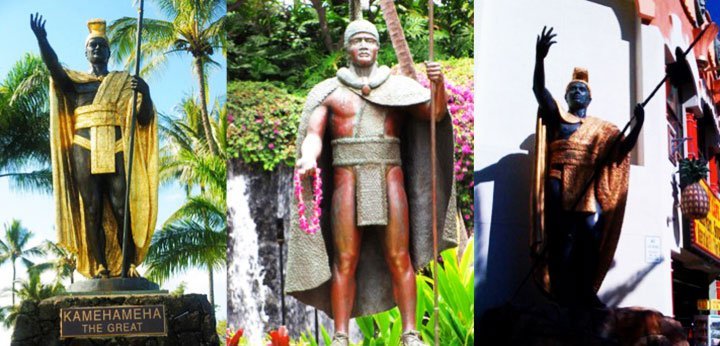
After the overthrow of the Hawaiian Monarchy in 1893, King Kamehameha Day continued to be a holiday, but without traditional celebrations. When Hawaii became a U.S. Territory (in 1898), Prince Kuhio restored the Royal Order of Kamehameha, reestablished the celebration in 1904, and privately observed celebrations until 1912, when the Order began collaborating with other organizations. This eventually led to the modern observation of the holiday on each of the islands and the more remote locations.
While the Center’s Hawaiian Village does not stage any particular King Kamehameha Day celebrations, the Polynesian Cultural Center has participated in the parade, hula contest and other activities in the past; and perhaps more importantly, our host island village represents the historical time period that King Kamehameha would have found familiar.
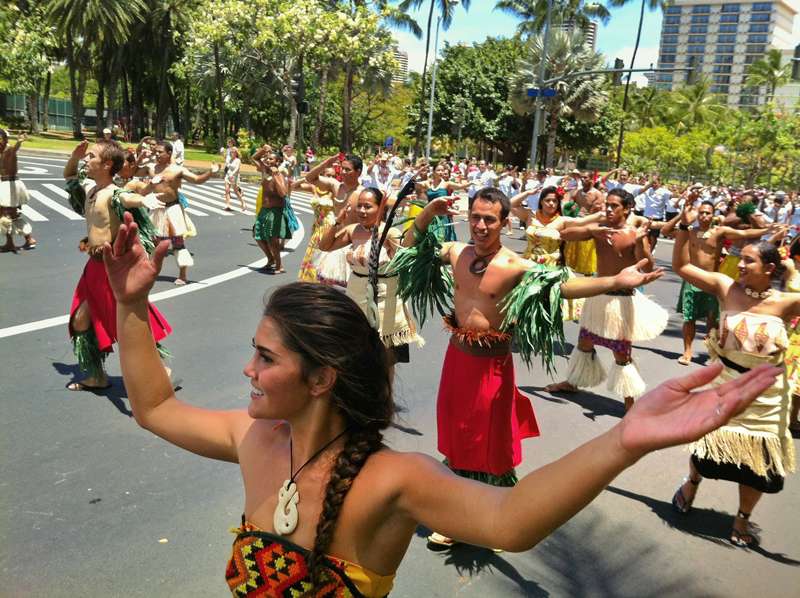
photo courtesty of www.discoverhawaiitours.com
For example, Hawaii Islands manager Kaipo Manoa points out that the PCC’s Hawaiian village includes a hale ali’i (chief’s house) where the high chief would have lived, with its physical elevation above the rest of the village signifying the importance of the ruler. “We also have a men’s eating house (hale mua), where the men ate separately from women and children,” he said, “and other structures designated for specific activities, such as fishing and weaving. The entire village is also laid out according to our historical concept of an ahupua’a or land division that included forest, agricultural and ocean resources — everything the people needed in ancient Hawaiian culture.”
photo courtesty of http://www.sageandsavvy.com
Manoa also explained that soon after the death of Kamehameha I in 1819, his immediate successors overthrew the old kapu or taboo and religious system that had governed the daily lives of the people for centuries.
“So, when you visit our Hawaiian Village,” Manoa added, “in some ways it’s like you’re stepping back into historical Hawaii.”

Mike Foley, who has worked off-and-on
at the Polynesian Cultural Center since
1968, has been a full-time freelance
writer and digital media specialist since
2002, and had a long career in marketing
communications and PR before that. He
learned to speak fluent Samoan as a
Mormon missionary before moving to Laie
in 1967 — still does, and he has traveled
extensively over the years throughout
Polynesia and other Pacific islands. Foley
is mostly retired now, but continues to
contribute to various PCC and other media.

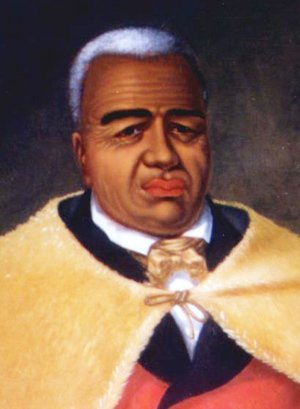
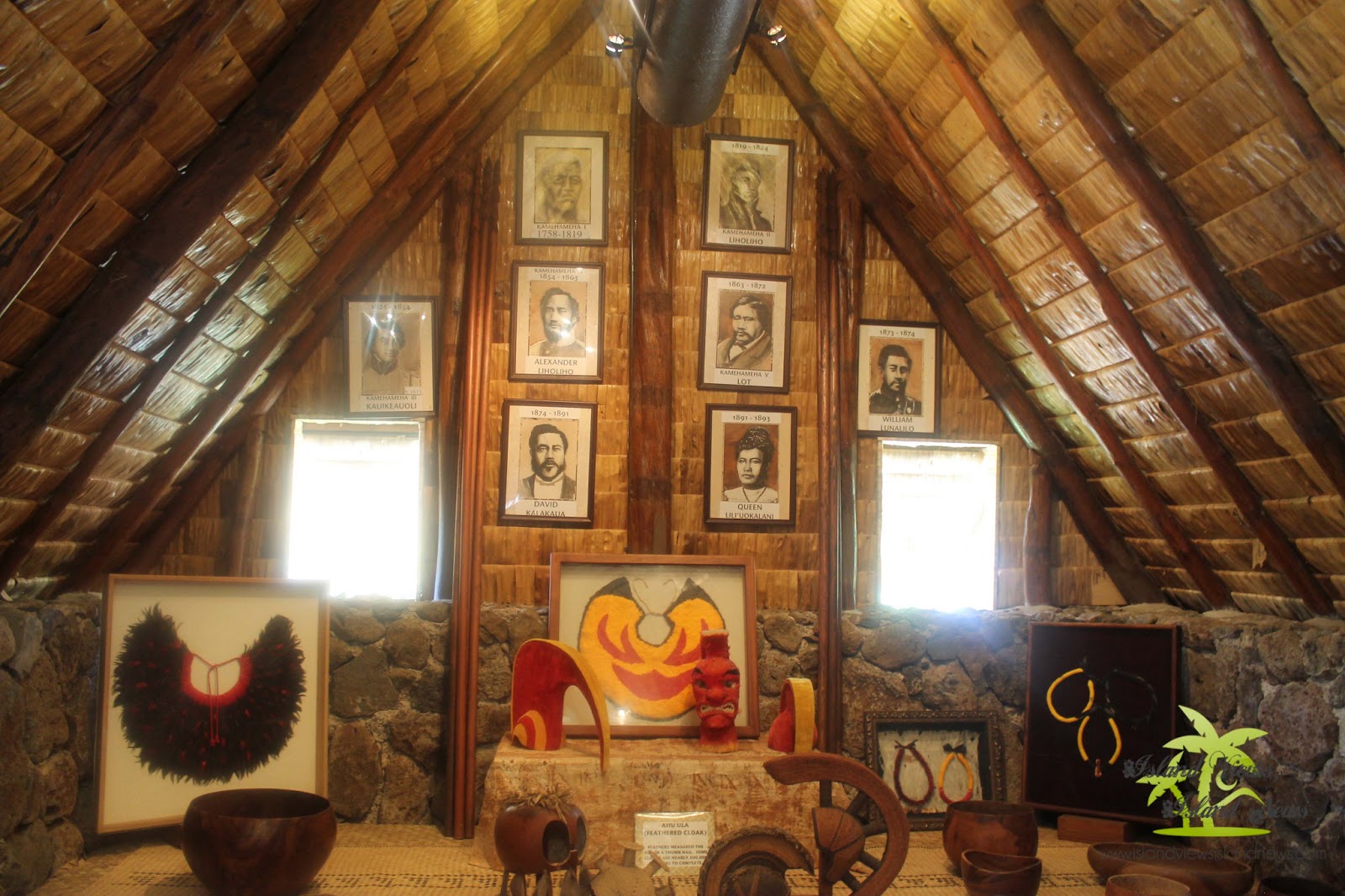
The celebrations are organized by the King Kamehameha Celebration Commission and other community organizations.
My cousin and I are coming to Honolulu June 10th. Very excited to be coming over .life long dream come true.
Hope to see you here at the Polynesian Cultural Center. It will be a day of culture, beauty and fun, I promise!